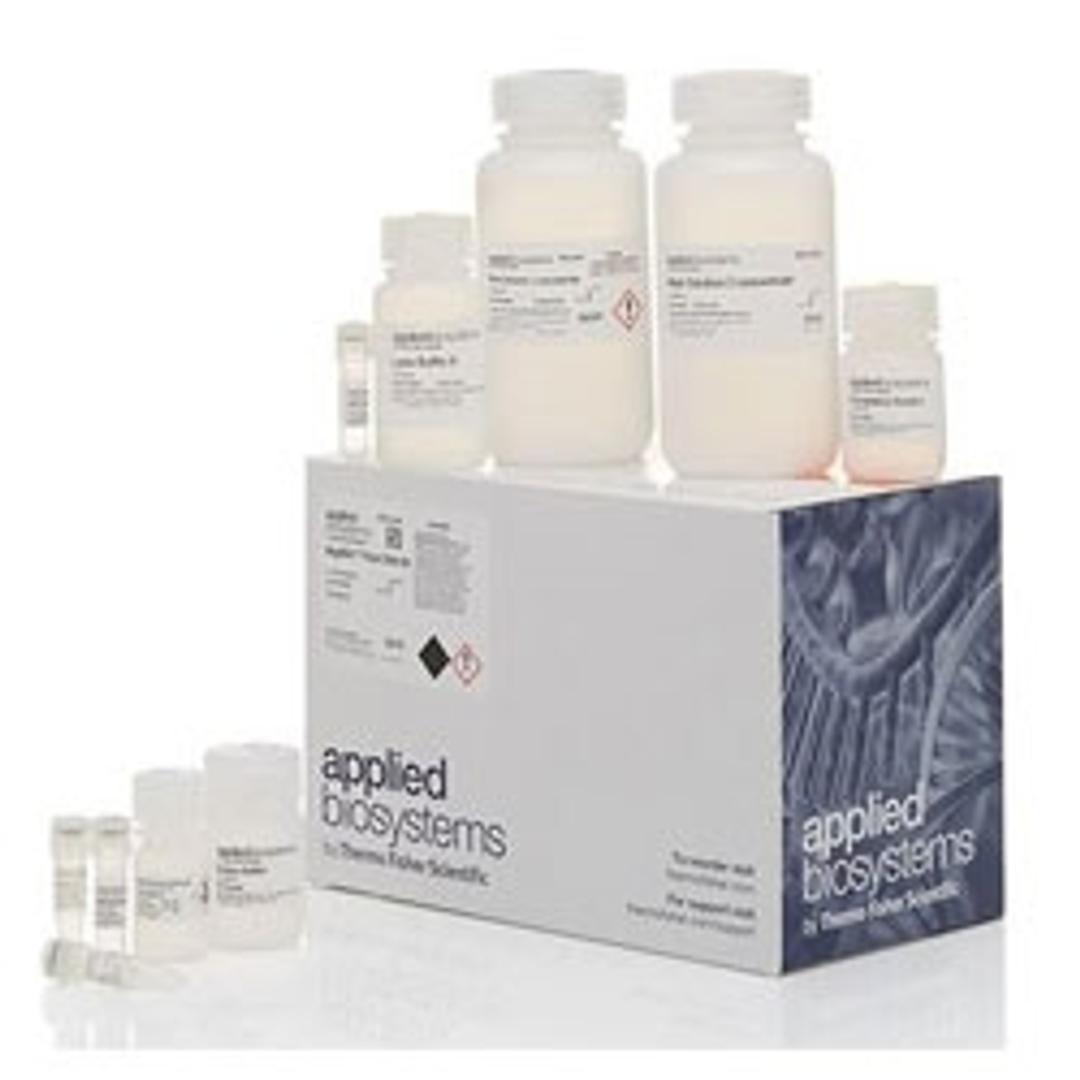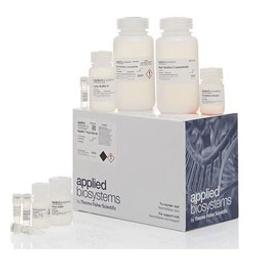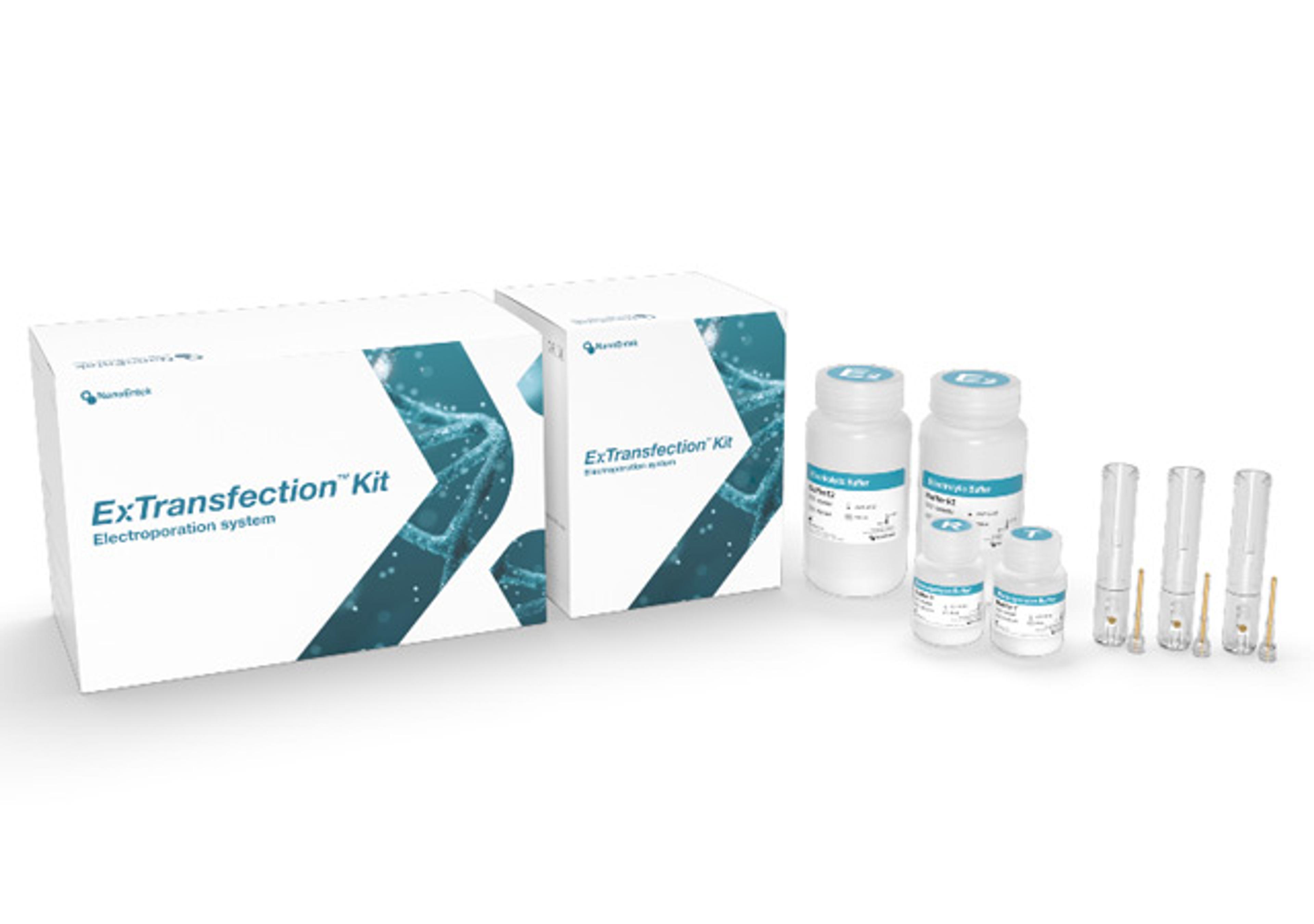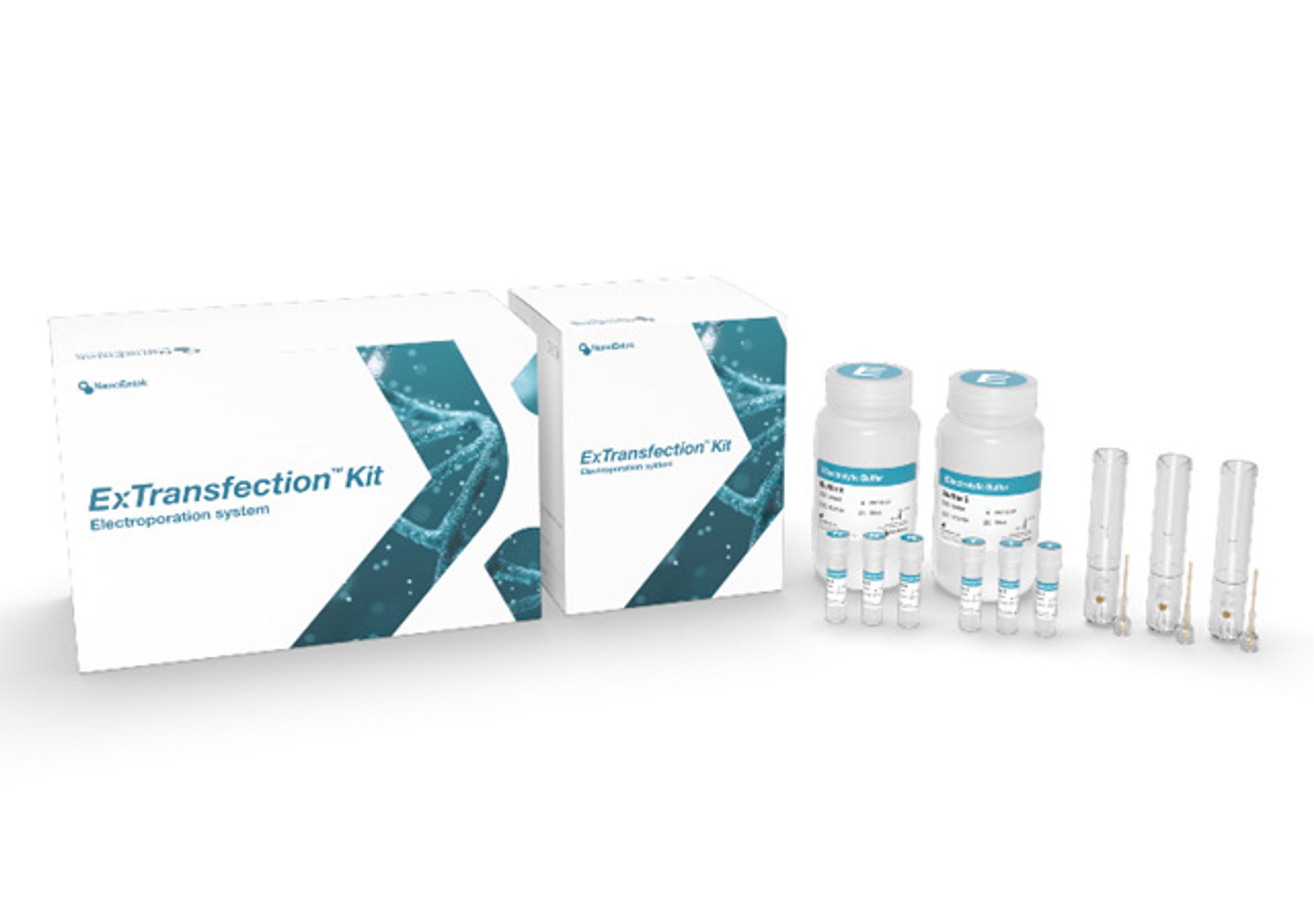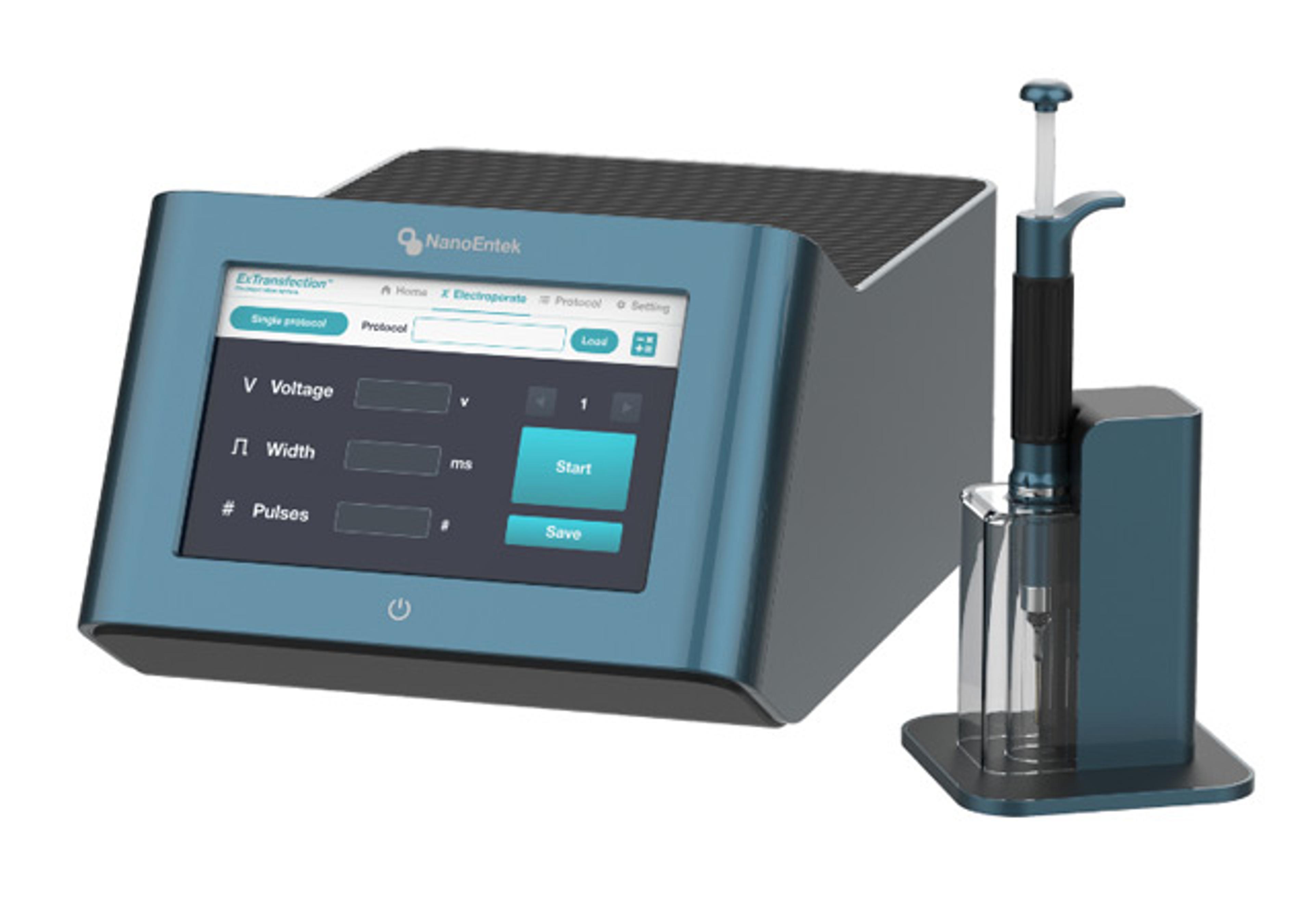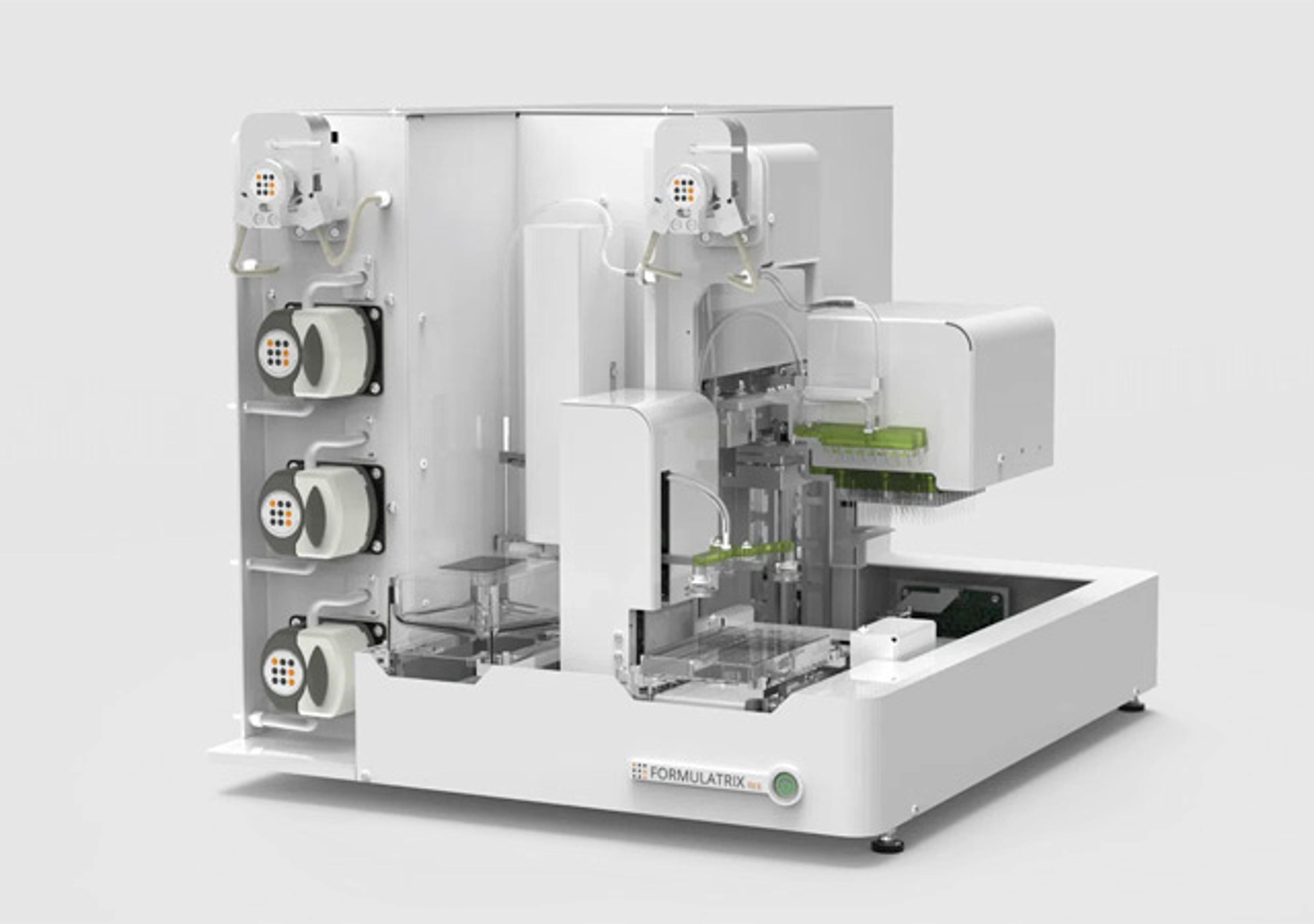MagMAX™ Plant DNA Isolation Kit
The MagMAX™ Plant DNA Isolation Kit is designed for automated high-throughput or manual purification of DNA from a wide variety of plant species

The supplier does not provide quotations for this product through SelectScience. You can search for similar products in our Product Directory.
Great results for NGS analysis
Mycorrhiza plant analysis
We obtained a good yield of DNA and it was high quality.
Review Date: 15 Apr 2022 | Thermo Fisher Scientific
Reliable kit.
DNA isolation/molecular biology
Really reliable kit. Decent value, yields clear DNA bands. Very straightforward protocol.
Review Date: 24 Dec 2020 | Thermo Fisher Scientific
The MagMAX™ Plant DNA Isolation Kit is designed for automated high-throughput or manual purification of DNA from a wide variety of plant species. The kit uses MagMAX magnetic bead technology, eliminating the need for phenol/chloroform extraction or alcohol precipitation. The procedures are optimized for the isolation of DNA from 10–100 mg plant samples. DNA yields vary between different species and tissues depending on genome size, ploidy, cell number, age of tissue sample, and storage conditions.
The MagMAX Plant DNA Isolation Kit relies on magnetic bead technology, enabling reproducible yields and robust performance. High binding capacity, uniform particle size, and rapid magnetic response of the beads makes the technology ideal for automated high-throughput nucleic acid purification, as well as for manual purification for low sample throughput. The resulting high-quality DNA is free of proteins, nucleases, and other contaminants or inhibitors, and can be used in a wide range of downstream applications such as PCR, qPCR, or next-generation sequencing. See bar graph below for typical genomic DNA yields from various sources.
Features of the MagMAX Plant DNA Isolation Kit include:
- Versatile—suitable for most plant types and parts, including woody, polyphenol-rich, and lignified samples
- High DNA yields—compared to traditional CTAB method
- High quality—isolates high integrity DNA, free of inhibitors and RNA contamination

